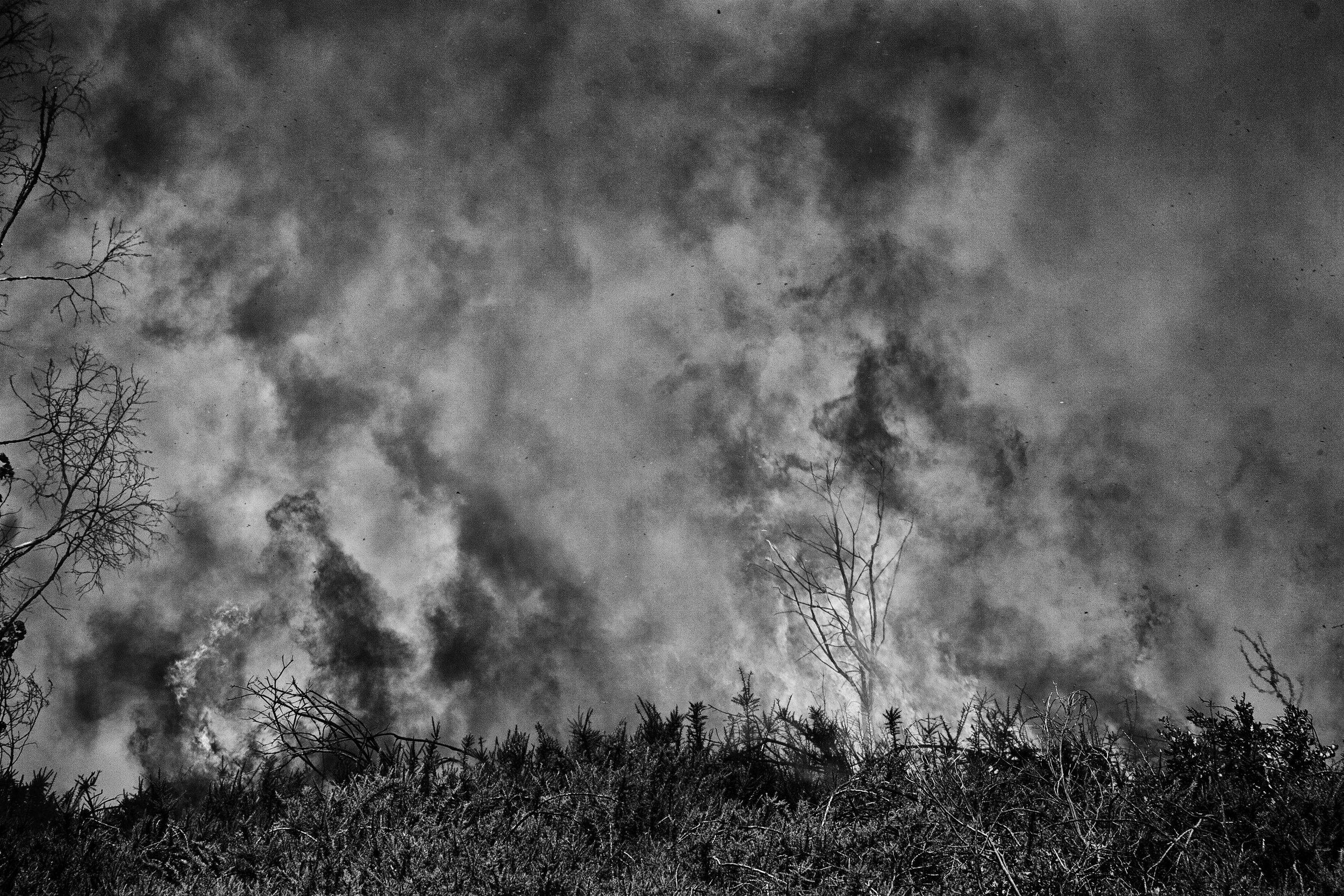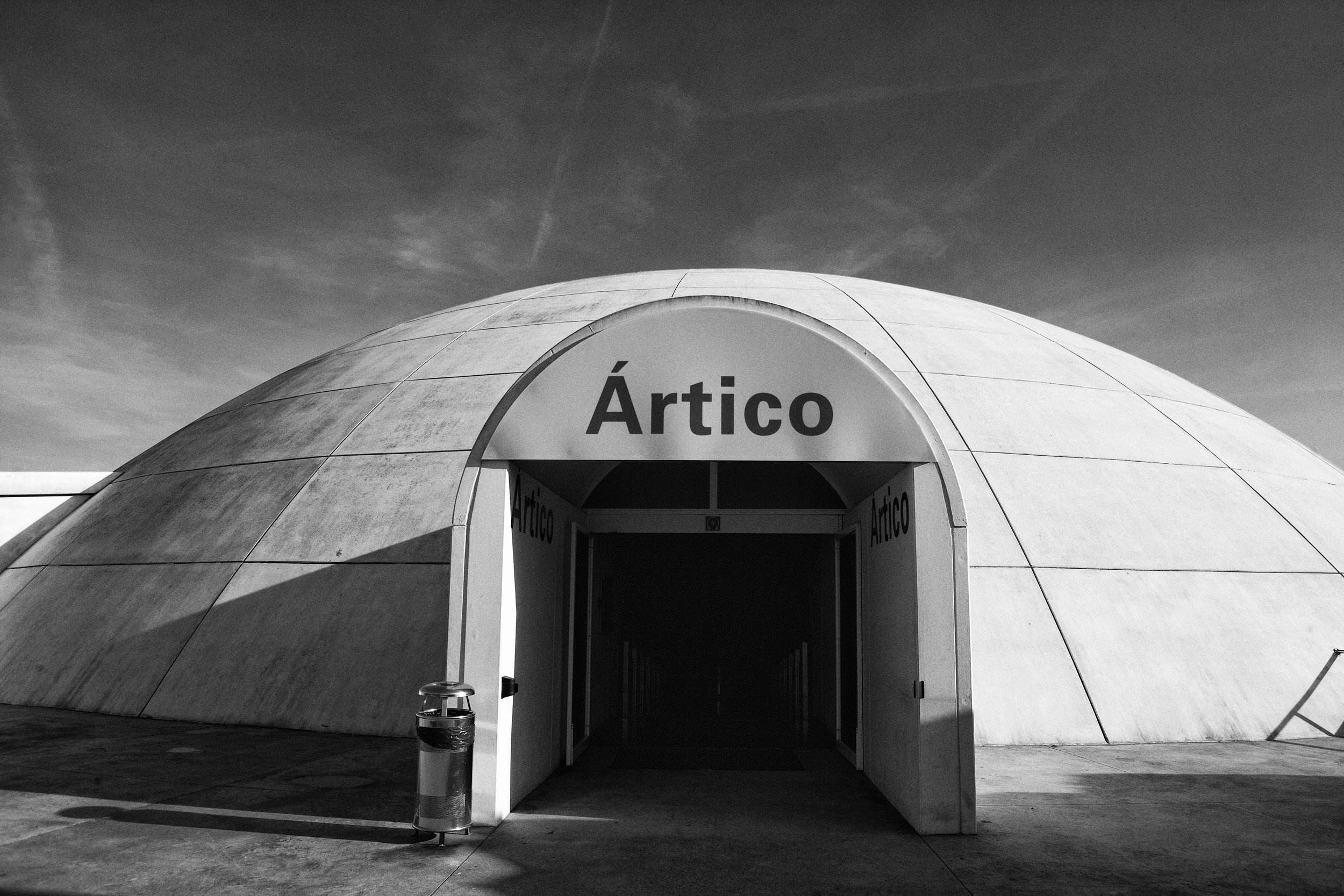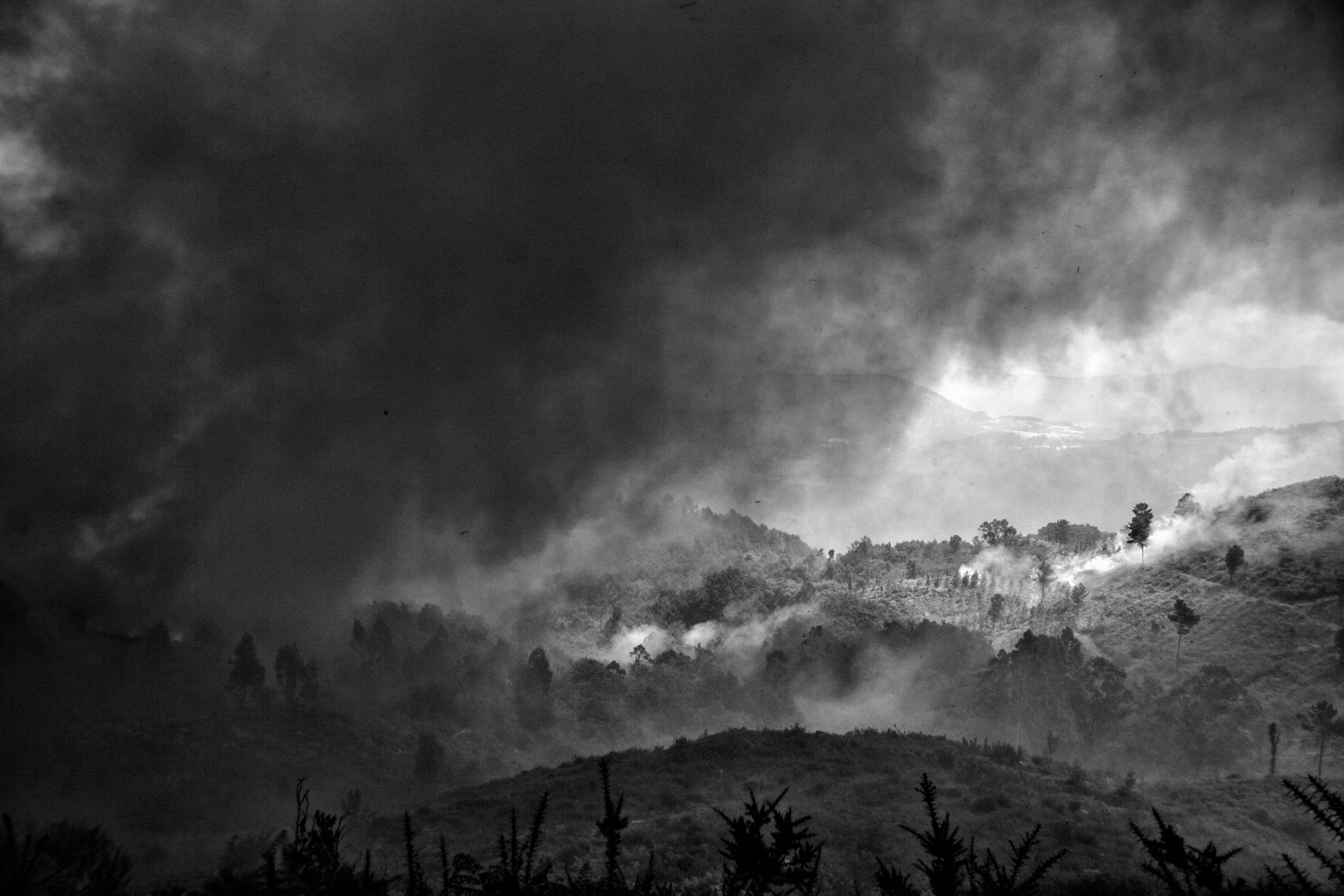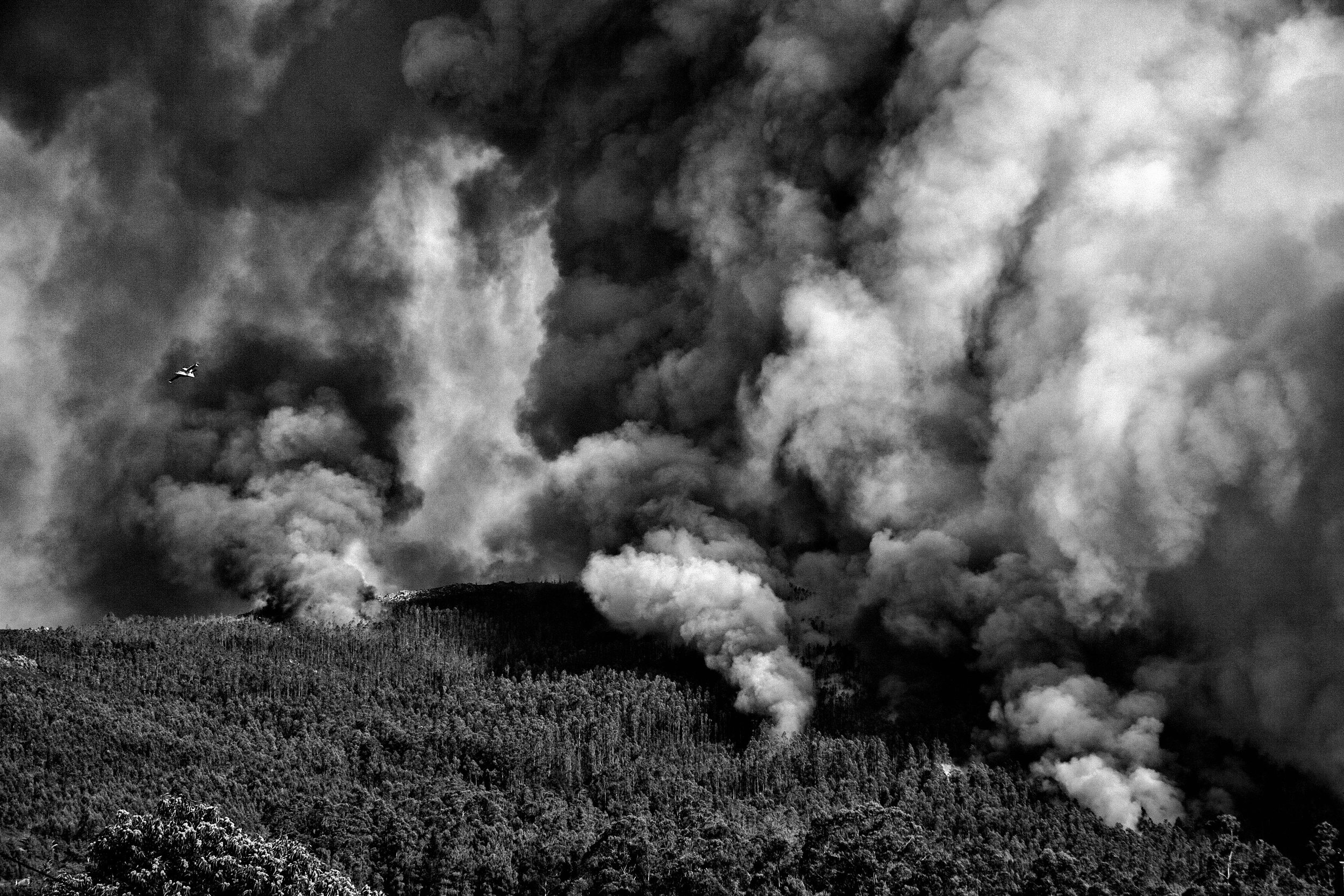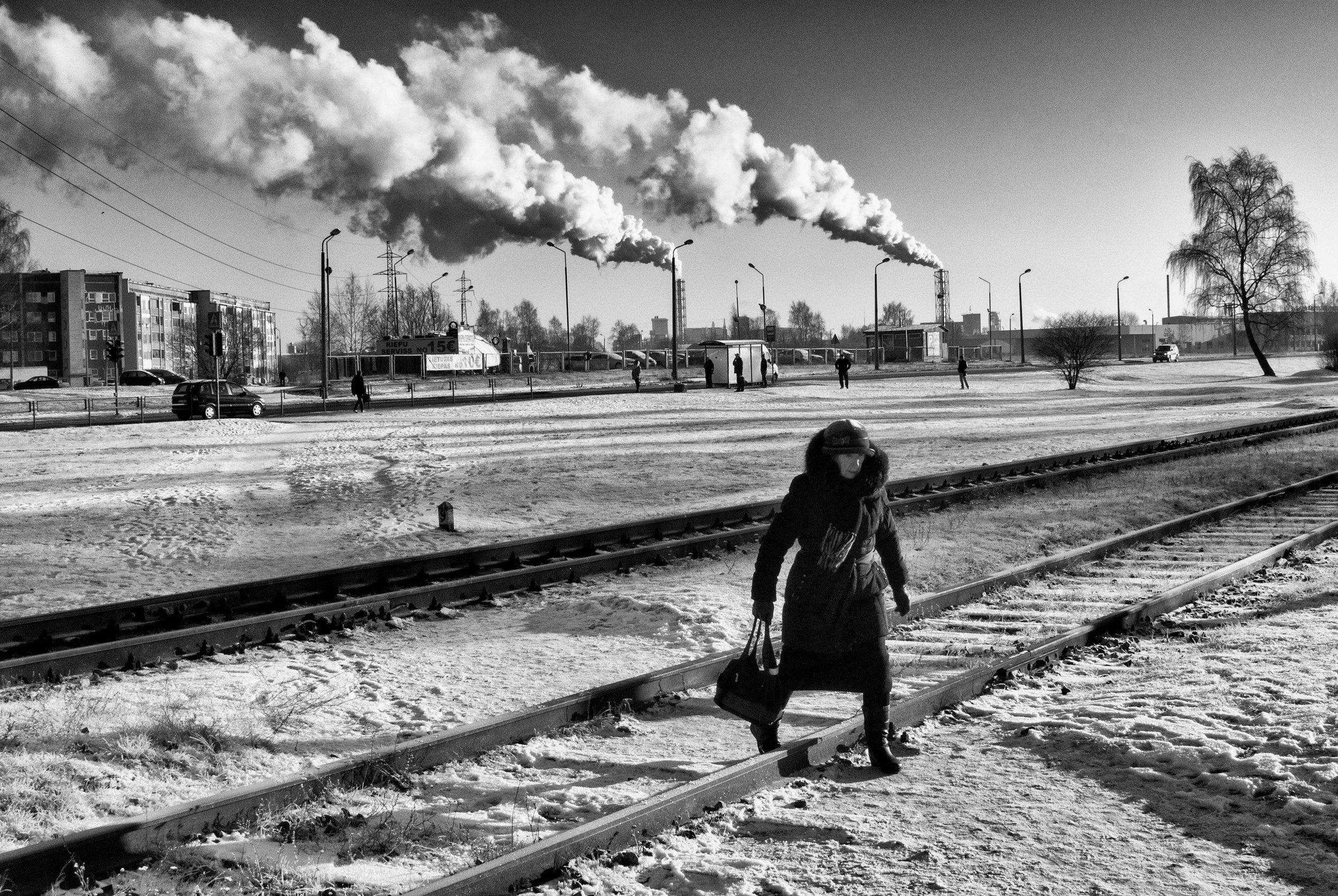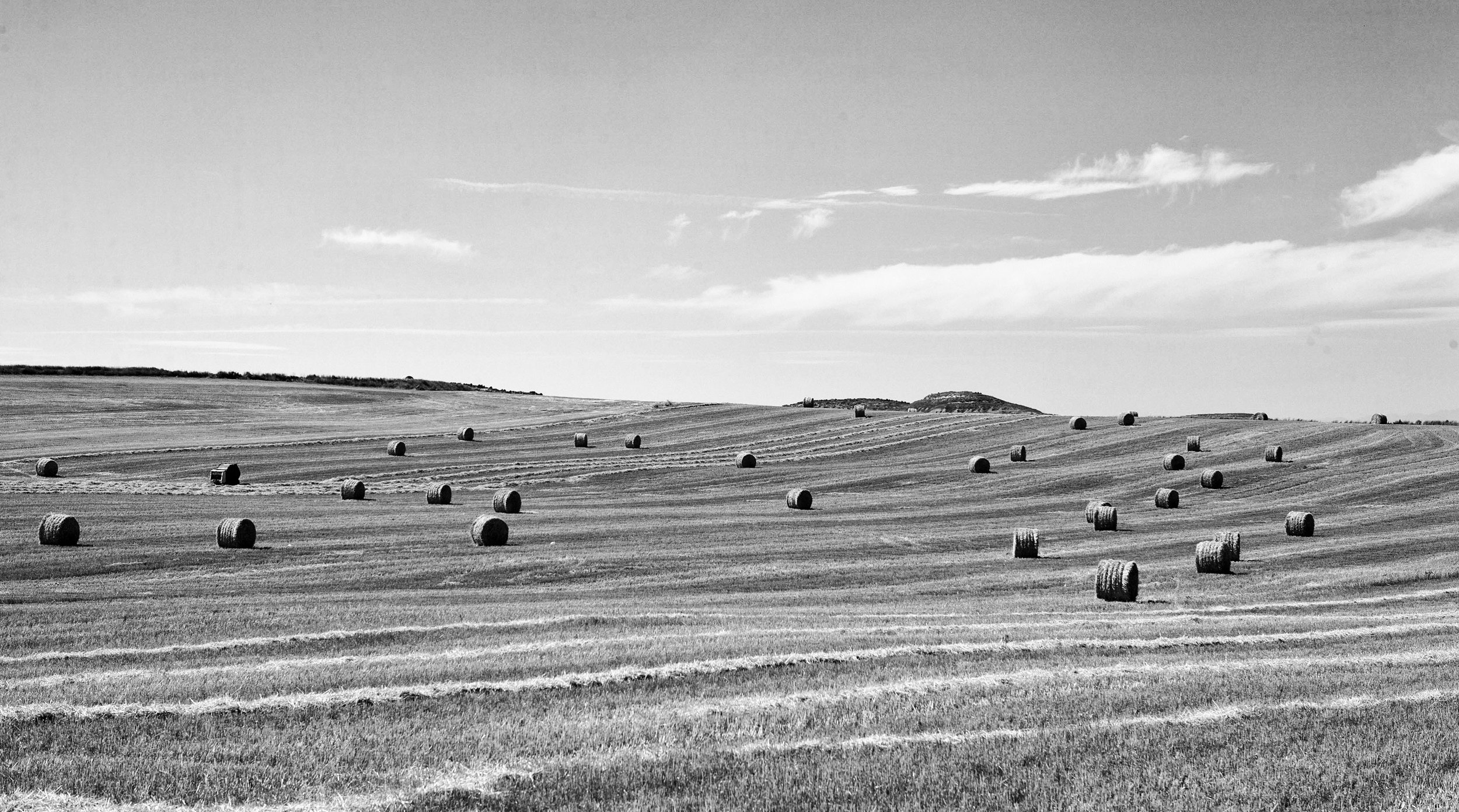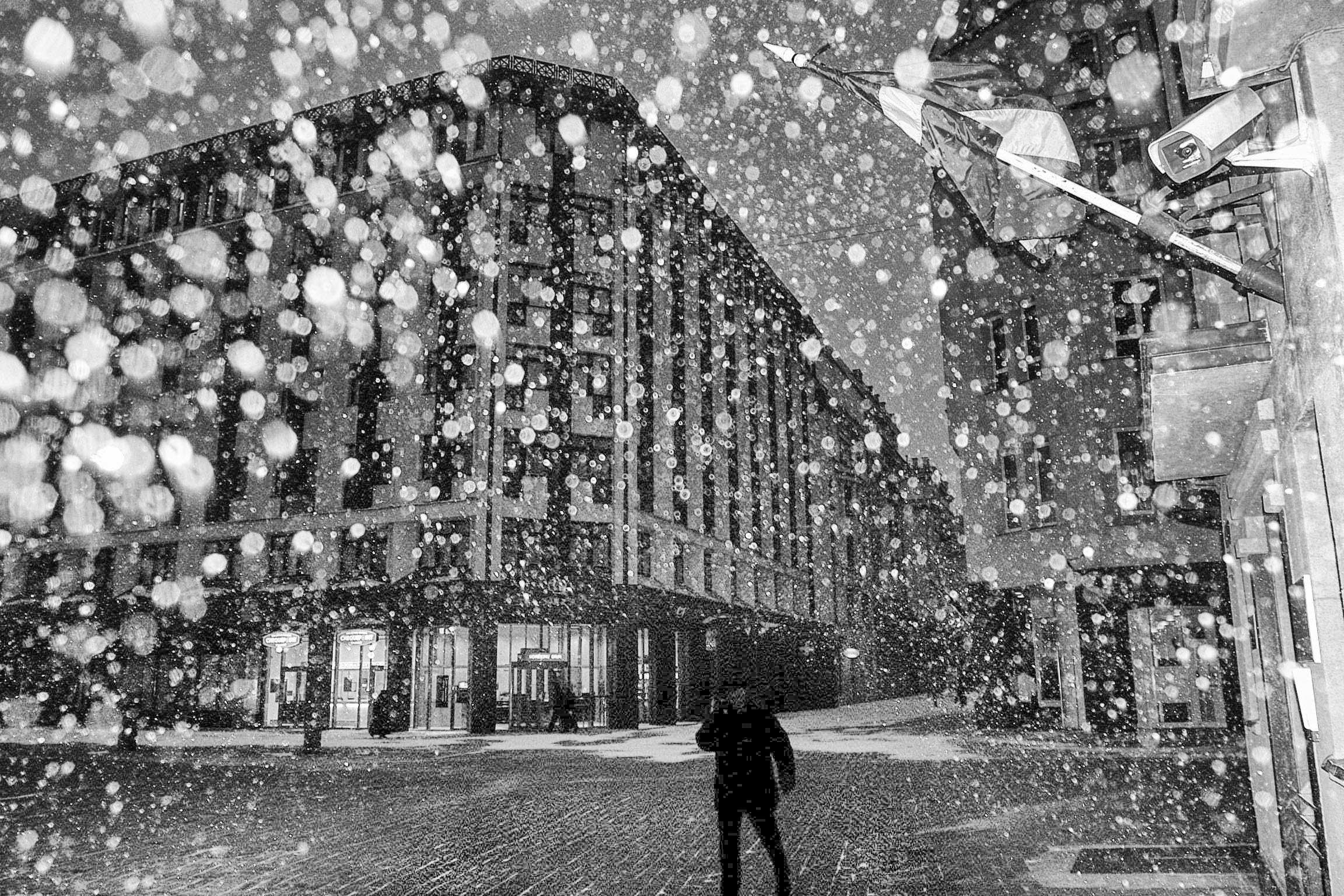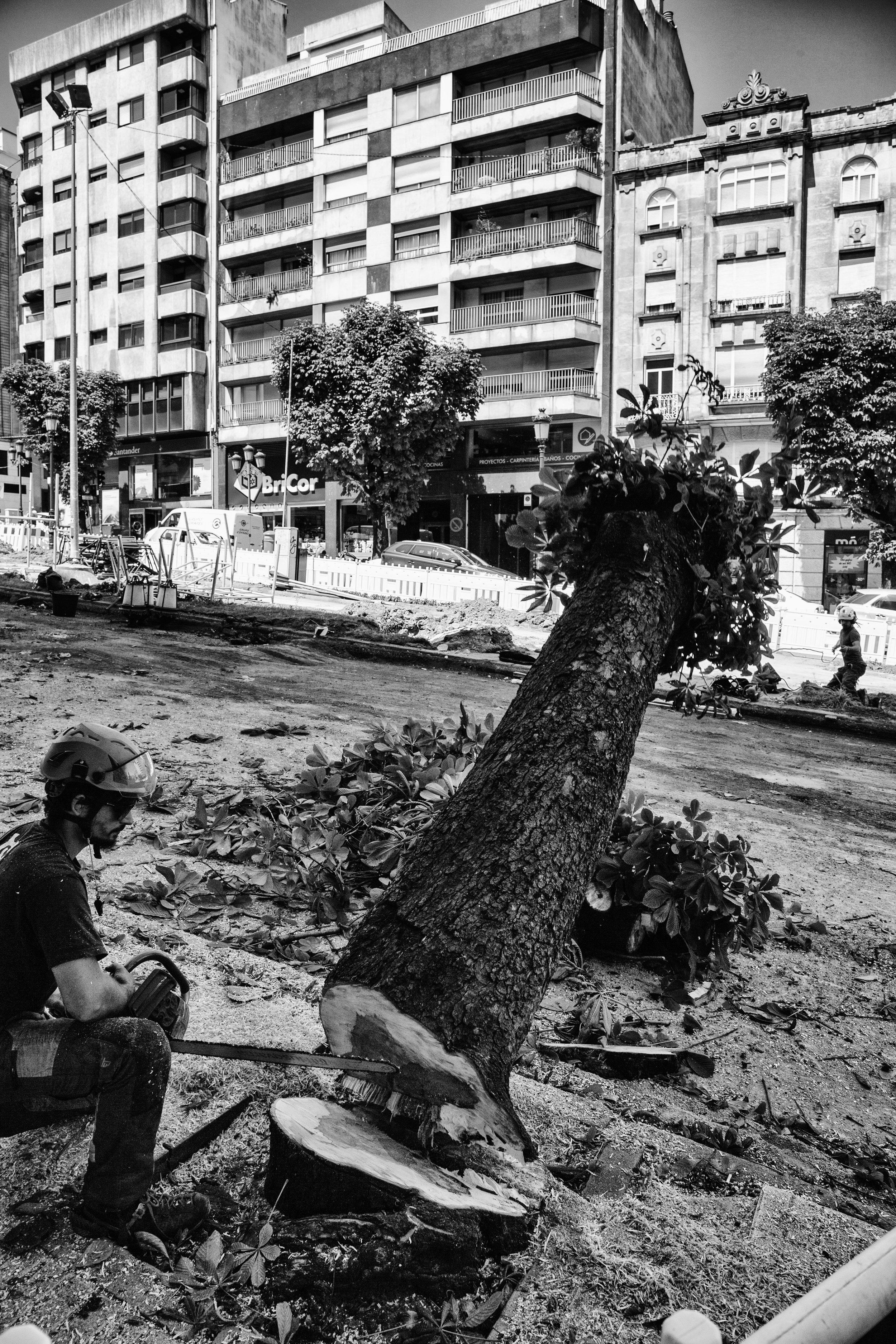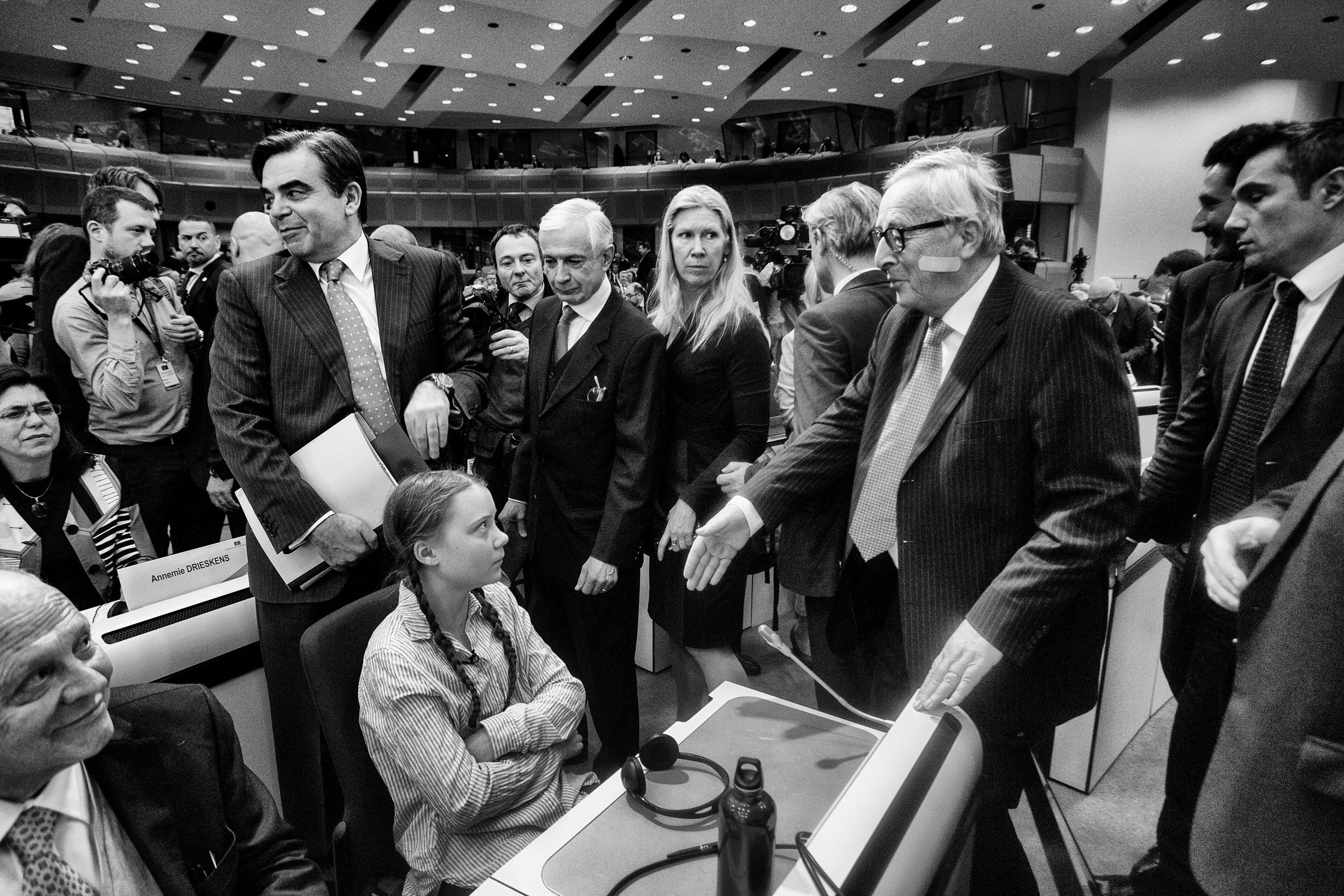‘There is No Planet B’
Environmental Concerns about Climate Change
A fact: the planet has warmed 1.2 ºC since the start of the industrial revolution
LONG TERM DOCUMENTARY PHOTOESSAY
Anthropogenic Climate Change was listed as a KEY THREATENING PROCESS on Schedule 3 of the Threatened Species Conservation Act 1995 [3 November 2000].
“There is evidence that modification of the environment by humans may result in future climate change. Human induced activities as a result of energy use, industrial processes, solvent and other product use, agriculture, land use change and forestry, and waste cause greenhouse gas emissions. Human-caused climate change may occur at a faster rate than has previously occurred naturally and may involve both changes in average temperature conditions and changes to the frequency of occurrence of extreme events.
Fire is an integral part of the dynamics of many Australian ecosystems and the risk of fire may increase in some areas as the climate changes and decrease in others, with consequent changes to the species composition and structure of ecological communities (Brasher & Pittock 1998; NSW Scientific Committee 2000)”. (Anthropogenic Climate Change. Key Threatening Process. 17 Nov 2000. 19 Aug 2017). (NSW, Australia, Department of Climate Change, planning and environment).
“The solution (or part of it) lies in forest management. However, saying that the great forest fires are due to climate change is also not entirely correct. What climatic chaos does is create the perfect scenario so that there are more and more fires, earlier, more voracious and more difficult to put out. And at this point is where there is another determining factor in the equation: forestry and rural management (https://www.climatica.lamarea.com/espana-problemas-incendios-forestales/ )
Fires in Galicia. A reference of anthropic action is Spain and its problems with forest wildfires. More than 95% are a criminal action by the human being and justice didn't find guilties, no punishment. It goes beyond climate change with 70% of the country's forest area privately owned. This fact makes forest management very difficult, which, although it is key to avoiding large fires, drags issues that have not been addressed.
“The natural drivers of climate change that we covered in the last section don't tell the whole climate-change story, because they can't account for the observed temperature changes that have occurred since the late 1800s (especially the warming in the last 50 years or so). So, there must be other factors affecting Earth's climate. While you've already seen some ways that humans can affect weather and climate locally, now we're going to look at ways that human activities can affect climate on a global scale.
These human-caused changes to the climate are referred to as "anthropogenic climate change" (anthropogenic means human caused). A major component of anthropogenic climate change is global warming, which refers to a gradual warming of the earth caused by an unnatural (human-induced) increase of the greenhouse effect, as concentrations of greenhouse gases increase primarily from the burning of fossil fuels (coal, oil, and natural gas). To explore this contribution to climate change, let's first quickly review the greenhouse effect.
Remember that so-called "greenhouse gases," such as water vapor, carbon dioxide, methane, and nitrous oxide absorb and emit infrared radiation, and the contributions of downwelling infrared radiation from greenhouse gases to warming the planet are called the greenhouse effect. If you recall from our study of energy budgets, the emissions from clouds and invisible greenhouse gases contributed to the "downwelling infrared" traces on our energy graphs, like the one below from Penn State University. This particular graph came from a perfectly sunny day on March 11, 2012, so the downwelling infrared contributions primarily came from greenhouse gases”. (Penn State University. College of Earth and Mineral Sciences. USA).
“By the 1950s, many scientists were beginning to understand that at least some anthropogenic changes were global, rather than local or regional in nature, and there was concern that some changes were irreversible. In the following decades, the term anthropogenic became more commonly used outside its original context in ecology (replacing the phrase man-made), and was used to describe much more extensive human influence than the landscape alteration and pollution highlighted before the 1980s”. (https://www.encyclopedia.com/environment/energy-government-and-defense-magazines/anthropogenic-change).
“The overwhelming majority of climate studies indicate that human activity is causing rapid changes to the climate, which will cause severe environmental damage. There is a strong scientific consensus on the issue. Studies published in peer-reviewed scientific journals show that 97 percent of climate scientists agree that climate warming is from human activities”. (Anthropogenic Causes of Climate Change. Chris Johnson, Matthew D. Affolter, Paul Inkenbrandt, & Cam Mosher. Salt Lake Community College via OpenGeology. 2021). (National Oceanic and Atmospheric Administration. ESRL Global Monitoring Division - Global Greenhouse Gas Reference Network. (2005). Available at: http://www.esrl.noaa.gov/gmd/ccgg/trends/history.html. (Accessed: 14th September 2016).
Scientists have suspected since the late 1800s that human-produced (anthropogenic) changes in atmospheric greenhouse gases would likely cause climate change, as changes in these gases have been the case every time in the geologic past. By the middle 1900s, systematic measurements began which confirmed that human-produced carbon dioxide was accumulating in the atmosphere and other earth systems, like forests and the oceans. By the end of the 1900s and into the early 2000’s the Theory of Anthropogenic Climate Change was solidified as evidence from thousands of ground-based studies and continuous satellite measurements of land and ocean mounted in number revealing the expected temperature increase. Theories evolve and transform as new data and new techniques become available, but they represent the state of thinking for that field. The Theory of Anthropogenic Climate Change is that humans are causing most of the current changes to climate by burning fossil fuels such as coal, oil, and natural gas. This section summarizes the scientific understanding of anthropogenic climate change.
The race to save the planet.
“We have 12 years to save the world” Jennifer Morgan
Really human beings are aware of the radical process of destroying the planet ourselves?. So, we ask each country in the earth how they will stop the global warming and the climate change, don't let do that to politicians, they have the power, money, everything, also they have head but not mind.
Humanity has developed and expanded but have put aside plans to preserve the planet's species. It is to create a city with small streets from its origin without thinking about progress. Rich countries send their garbage in containers to poor countries: obsolete technological waste, computers, plastics, all in containers. Political corruption helps to be accepted in the ports where they are discharged, mostly in Africa and Asia.
Drought, lack of rain. Namibian landscape
AUSTERITY FAILED. The application of austerity to citizens by EU governments to achieve economic objectives failed, and has been an utter and unmitigated disaster, which has become increasingly apparent as European Union economies once again face stagnation, if not a triple-dip recession. This is the great opportunity for unions to move thousands of workers and organise large demonstrations in the streets, like this one about austerity in Brussels in 2014, ends up using violence against the police, journalists and street furniture. The growing right-wing in Europe infiltrates these demonstrations to provoke more chaos.
The European Union has set the limit in 2050 to definitively remove fossil fuels responsible for most of the CO2 that is released into the atmosphere and actively participates in global warming. The change proposed in the 2016 Paris Agreement on climate change will fall on the table in December 2018 during the UN climate summit COP24 in Katowice, Poland. 33 of the 50 most-polluted towns in Europe are in Poland.
Eurocrats wants to lead the advance in stopping CO2 emissions, being the first to abandon dependence on coal, oil and natural gas. The objective is to eliminate greenhouse gas emissions to stop global warming. But behind all this great environmental problem there are powerful pressure groups, companies, workers and trillions of euros to make the changes that avoid reaching the point of no return.
